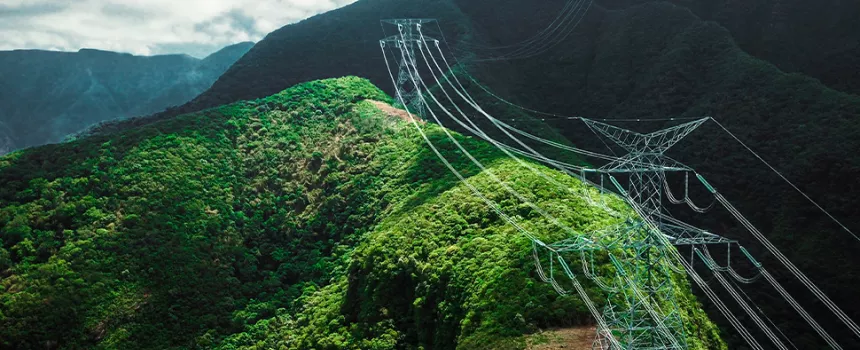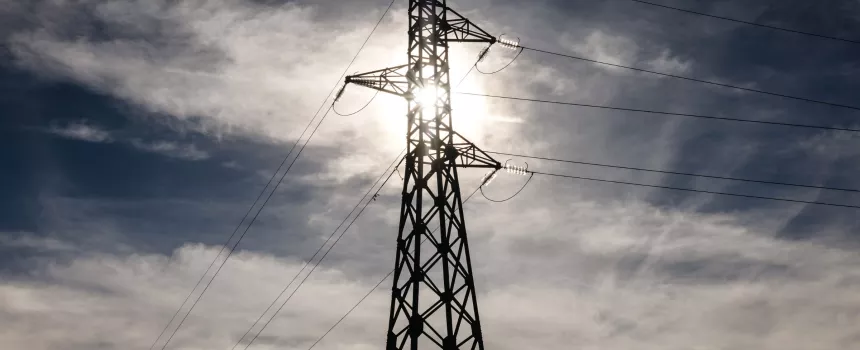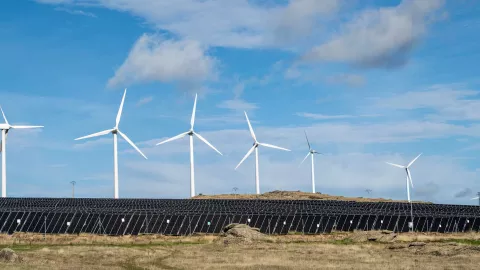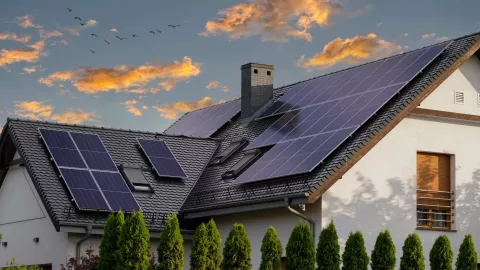Author: Eduardo Rodrigues (GEM R&D)
A timeless principle with modern relevance
BES non-Lithium-ion revolution
Battery energy storage systems (BESS) play a crucial role in providing short-term flexibility management capacity to modern power systems. With less synchronised spinning reserve available, more volatile, non-dispatchable, renewable energy sources penetrating the grid and increasing levels of demand electrification, the challenges to keep the system balanced are increasing and curtailment events as well. Having a buffer storage capacity is therefore crucial. Leading energy companies acknowledge this criticality and are moving forward, preparing their energy portfolios for real-time, orchestrated, energy management.
BESS, delivering high cyclability and fast response while presenting reasonable scalability emerge as promising technologies for different applications, such as fast frequency response services, load-following, and energy arbitrage. Main vectors in ongoing research target raw materials, electrochemical performance, and life-cycle management.
Nevertheless, relying solely on Lithium-ion batteries – the technology with the biggest market share – becomes increasingly unsustainable due to issues with the scarcity of Lithium and also because of its geographical concentration, which leads to supply chain vulnerabilities and geopolitical tensions.
Latest research unfolds promising new technologies such a Rechargeable Nickel-Zinc Battery (RNZB), that is being developed within the scope of Horizon 2020 project LOLABAT – Long Lasting Battery. EDP is part of an international consortium currently addressing key requirements for stationary energy storage, such as: high performance at heavy use and deep cycling (2000 cycles at 1C rate and 100% DoD and 200000 cycles at 5% DoD), high roundtrip efficiency (86-89%), high power (Pmax ≥ 1000 W/kg), high energy (50-90 Wh/kg, 80-200 Wh/l), low cost, high sustainability and recyclability (200-260 €/kWh).
LOLABAT’s ambition is to further develop the RNZB, increasing its life cycle and reaching at least 4000 cycles at 100% DoD by the end of project. Another project goal frames the need to increase the solution’s sustainability, by eliminating Cobalt from Nickel electrode commercial powders and preparing the battery to be entirely produced in Europe. At its final TRL, LOLABAT’s RNZB aims at energy and power densities both the highest, just after Lithium-ion, and the lowest costs, just after Lead-acid, profiting from abundant and non-toxic elements, delivering high safety, low risk of thermal runaway, limited environmental impact and high recyclability potential.
The shift towards non-Lithium battery technologies is not just a response to material shortages, it is also a strategic move towards enhancing the resilience and sustainability of the electrical power system’s supply chain.
Read more

Demand-side flexibility: is it indeed an underdog?


